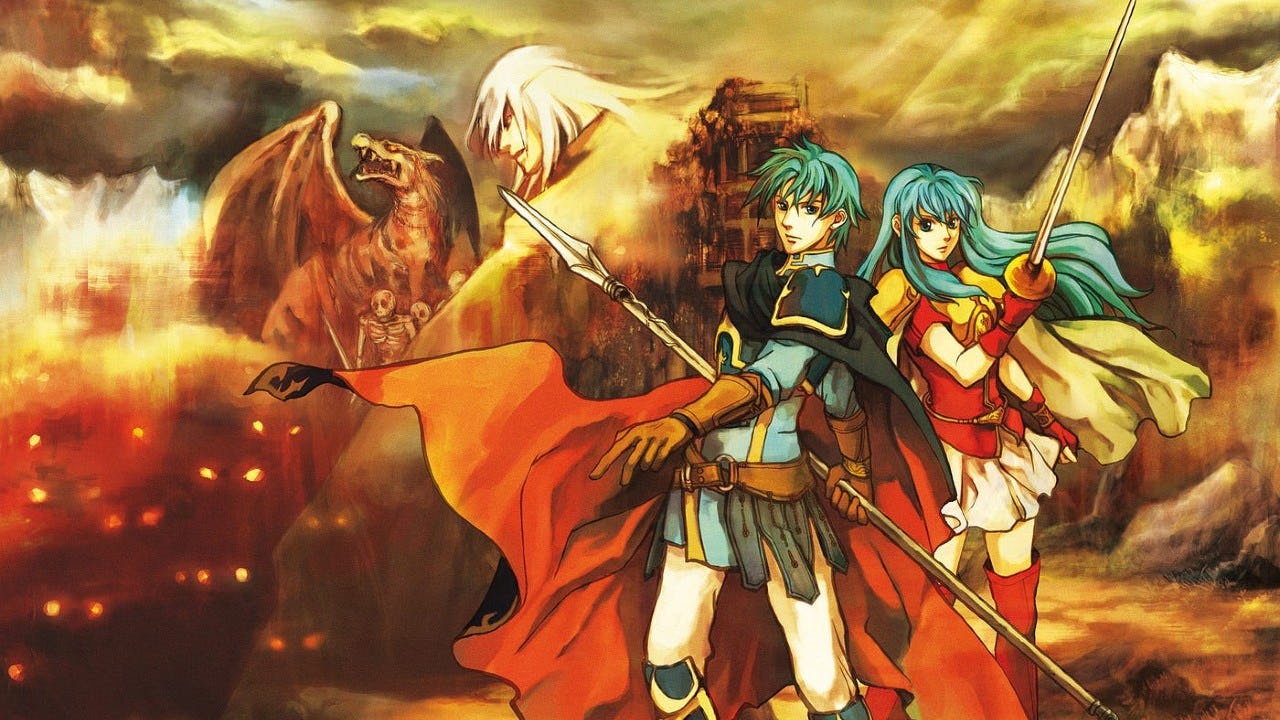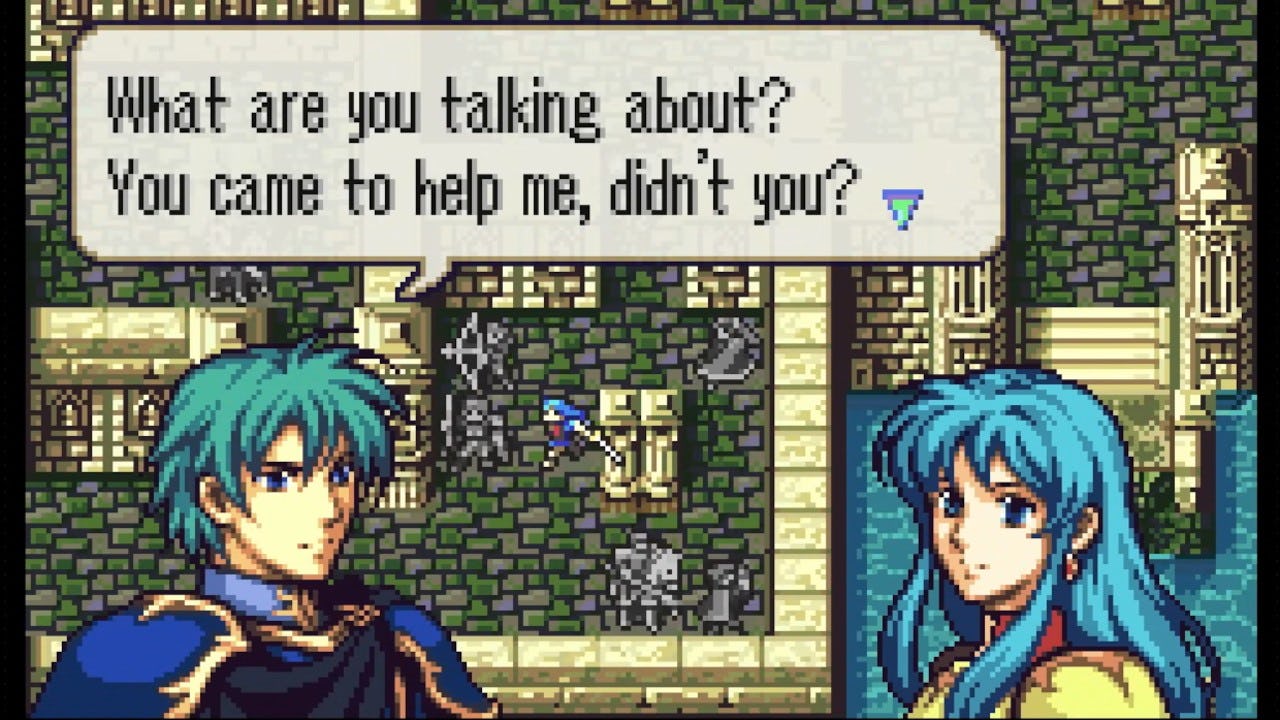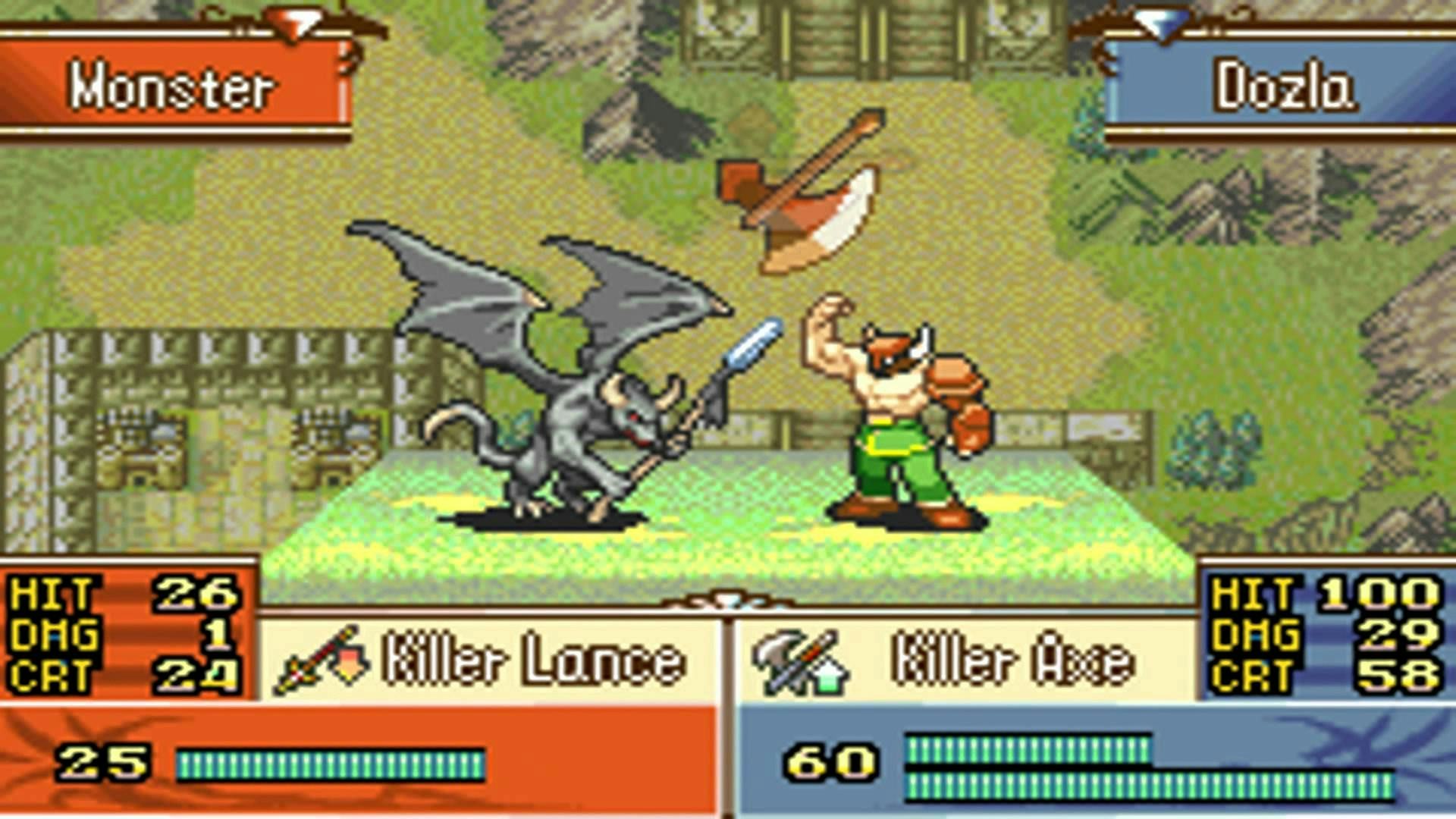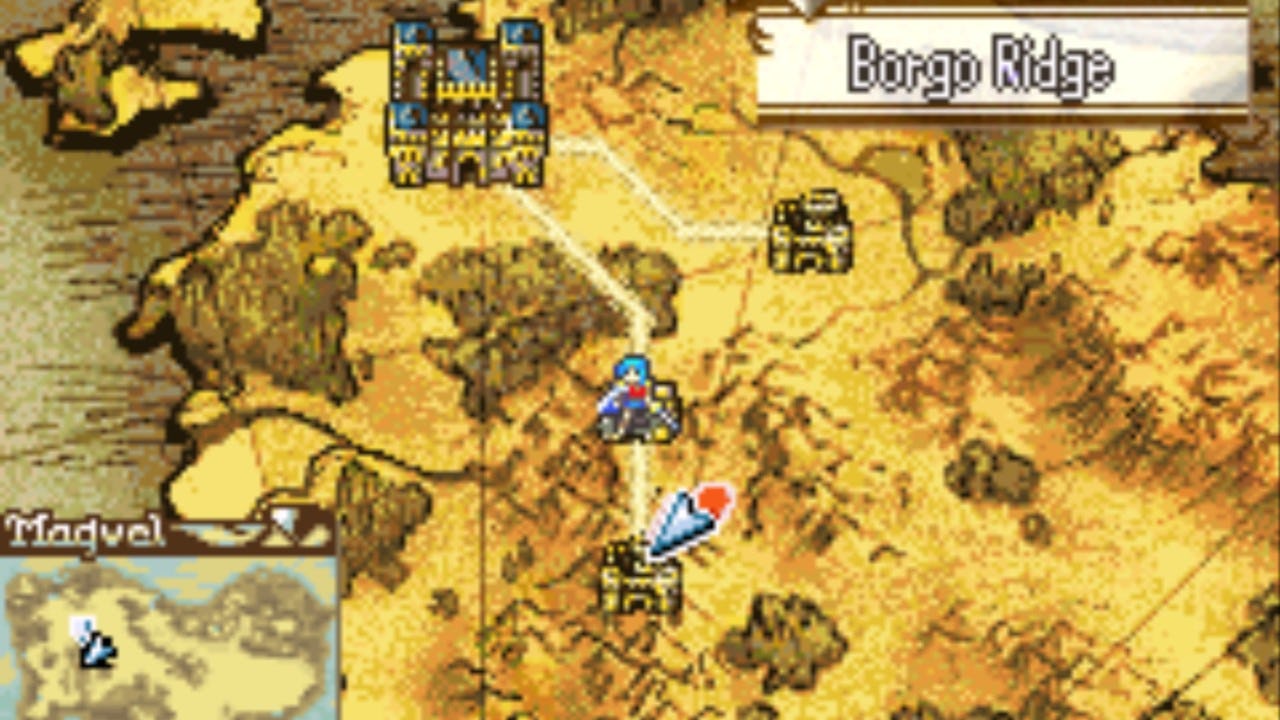
The Nintendo Switch has become a treasure trove of forgotten Nintendo classics searching for a second life, and few Nintendo titles have been as overlooked as Fire Emblem: The Sacred Stones. A brilliant strategy gem released near the tail end of the Game Boy Advance’s lifetime, well before Fire Emblem blew up into mainstream popularity, Sacred Stones was a gutsy little entry that wasn’t afraid to experiment, and genre fans should ensure it's in their library.
Sacred Stones, released in 2005, was the second of two Fire Emblem games released on the Game Boy Advance in the West. While Fire Emblem: The Blazing Blade (simply known as Fire Emblem in the West) was a more traditional entry that introduced the series to America, Sacred Stones took heavy inspiration from the series’ most unique entry, Fire Emblem Gaiden, by implementing a world map, optional battles, and dual protagonists.

Set on the medieval fantasy continent of Magval, Sacred Stones follows Ephraim and Eirika, the twin prince and princess of the Kingdom of Renais. In typical Fire Emblem style, Renais is suddenly invaded by the neighboring Grado Empire, and the twins are forced to flee as the life they knew crumbles.
While Sacred Stones’ narrative initially feels very stereotypical, it has some surprising twists and turns. There’s a focus on uncovering the reasons for the conflict, not just playing it out, while Ephraim and Eirika’s relationship with their childhood friend Lyon gives each character some interesting wrinkles.

Like in Fire Emblem Gaiden, you choose which protagonist you want to follow partway through the game, resulting in two different routes with different stories and battles. Both routes are executed exceptionally well, and are supported by a battle system that makes smart additions to its predecessor’s strong foundation.
As in most tactical RPGs, you’ll move your units on a grid-like map while taking advantage of the strengths and weaknesses of their classes and weapons. Sacred Stones retains the franchise’s rock-paper-scissors-style weapon triangle, but adds a branching class system that gives players options for how they want to promote their units. A Cavalier, for example, could turn into a speedy and hard-hitting Paladin, or become a slow but exceptionally stout Great Knight.

Sacred Stones also introduced Trainee characters that start very weak but grow into juggernauts. Both ideas add a dynamic sense of growth to your army, a feeling that’s further complemented by the game’s world map system. While many Fire Emblem games are strictly linear, Sacred Stones lets you take on a variety of uniquely challenging side battles for extra rewards and experience points. In addition to human enemies, these battles include monsters like zombies and gargoyles that force you to fundamentally change your strategy.
Sacred Stones may not look all that different from other Fire Emblem games, but it was an innovative title that introduced several franchise staples. It’s also a gripping strategy RPG in its own right, featuring plenty of personality and panache. It’s faded into history since its release, but it more than deserves to be revisited all these years later.







